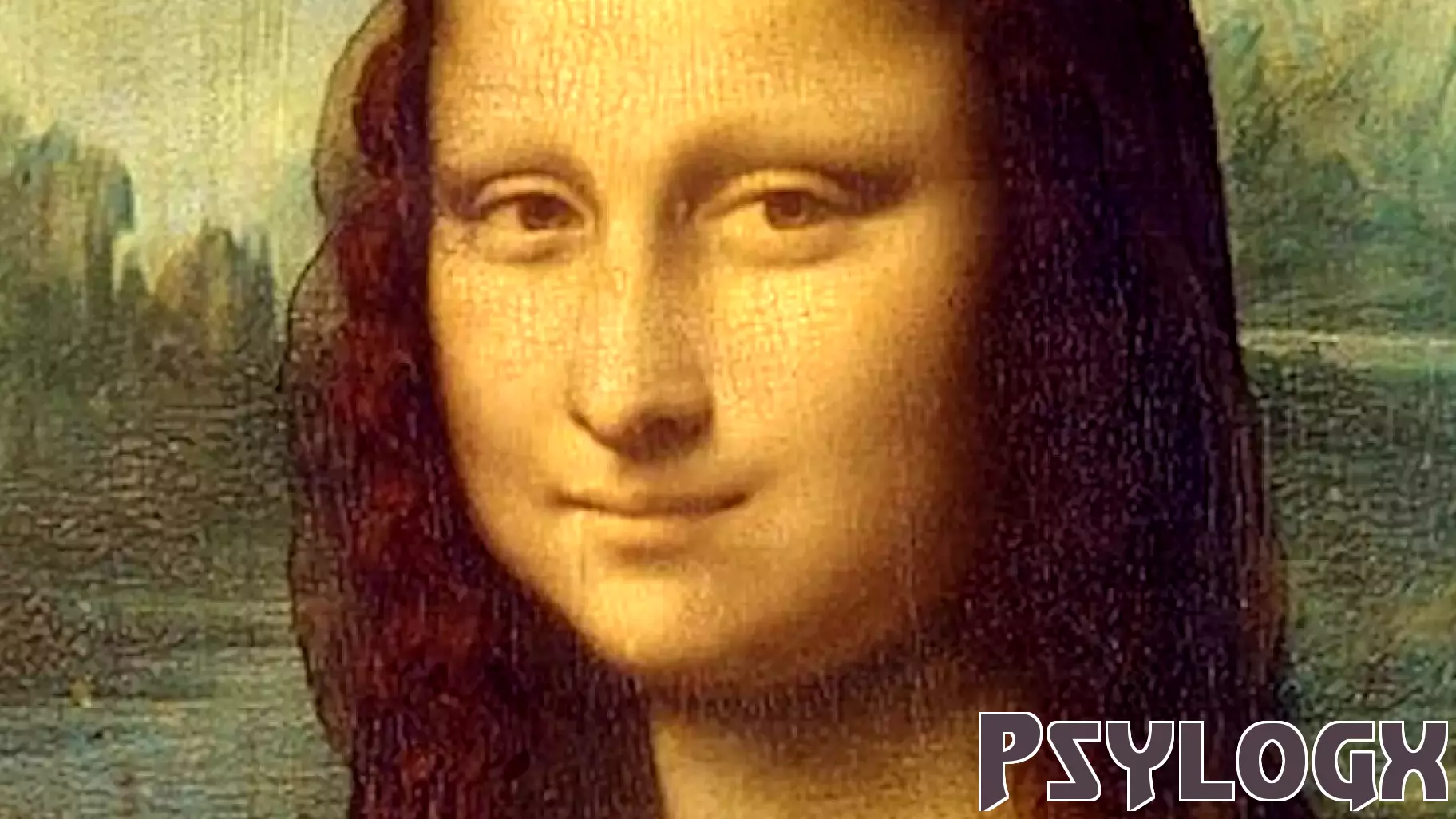March 5, 2025 - 05:34

The enigmatic nature of human consciousness continues to intrigue scientists and philosophers alike. One fascinating aspect of this mystery can be explored through the lens of illusions, particularly those reminiscent of Ancient Greek theaters and iconic artworks like the Mona Lisa. These illusions challenge our understanding of perception and how we interpret visual stimuli.
In Ancient Greek theaters, the arrangement of the audience and performers created a unique experience where the actors seemed to engage directly with viewers, regardless of their physical position. This phenomenon raises questions about the nature of attention and the subconscious cues that draw our focus. Similarly, the Mona Lisa's gaze has captivated audiences for centuries, with many claiming she appears to follow them as they move, creating an unsettling yet mesmerizing interaction.
These examples illustrate the complexity of human perception, suggesting that our consciousness is not merely a passive receiver of information but an active participant in interpreting reality. Understanding these illusions may provide deeper insights into the workings of the mind and the intricate ways we connect with art and performance.



